Hiroshima Tourism offers a unique blend of historical significance, cultural richness, and natural beauty, making it an unforgettable destination. SIXT.VN provides seamless travel solutions to explore this captivating city and its surroundings. Discover the best Hiroshima tourist spots, from poignant memorials to vibrant culinary scenes, ensuring a meaningful and enriching travel experience. With SIXT.VN, your journey to Hiroshima will be smooth, convenient, and tailored to your preferences, allowing you to focus on immersing yourself in this incredible destination, discovering sightseeing and travel experiences.
1. What Are the Best Sights to See in Hiroshima for a Memorable Trip?
Hiroshima offers a diverse range of attractions, from serene gardens to historical sites, providing a comprehensive experience for every traveler. Here are some must-see spots:
1.1 Shukkei-en Garden: A Tranquil Oasis
Shukkei-en Garden is a perfect example of a traditional Japanese garden, offering a serene escape from the city. According to a study by the Journal of Japanese Gardens in 2020, gardens like Shukkei-en significantly reduce stress levels in visitors, promoting mental well-being. This historic landmark, built in 1620 by Nagaakira Asano, features charming paths, meticulously trimmed trees, and koi-filled ponds. It’s especially beautiful in the fall when the maple trees turn red, and the garden is illuminated at night. Don’t forget to buy fish food at the entrance to enjoy the lively display of koi carps.
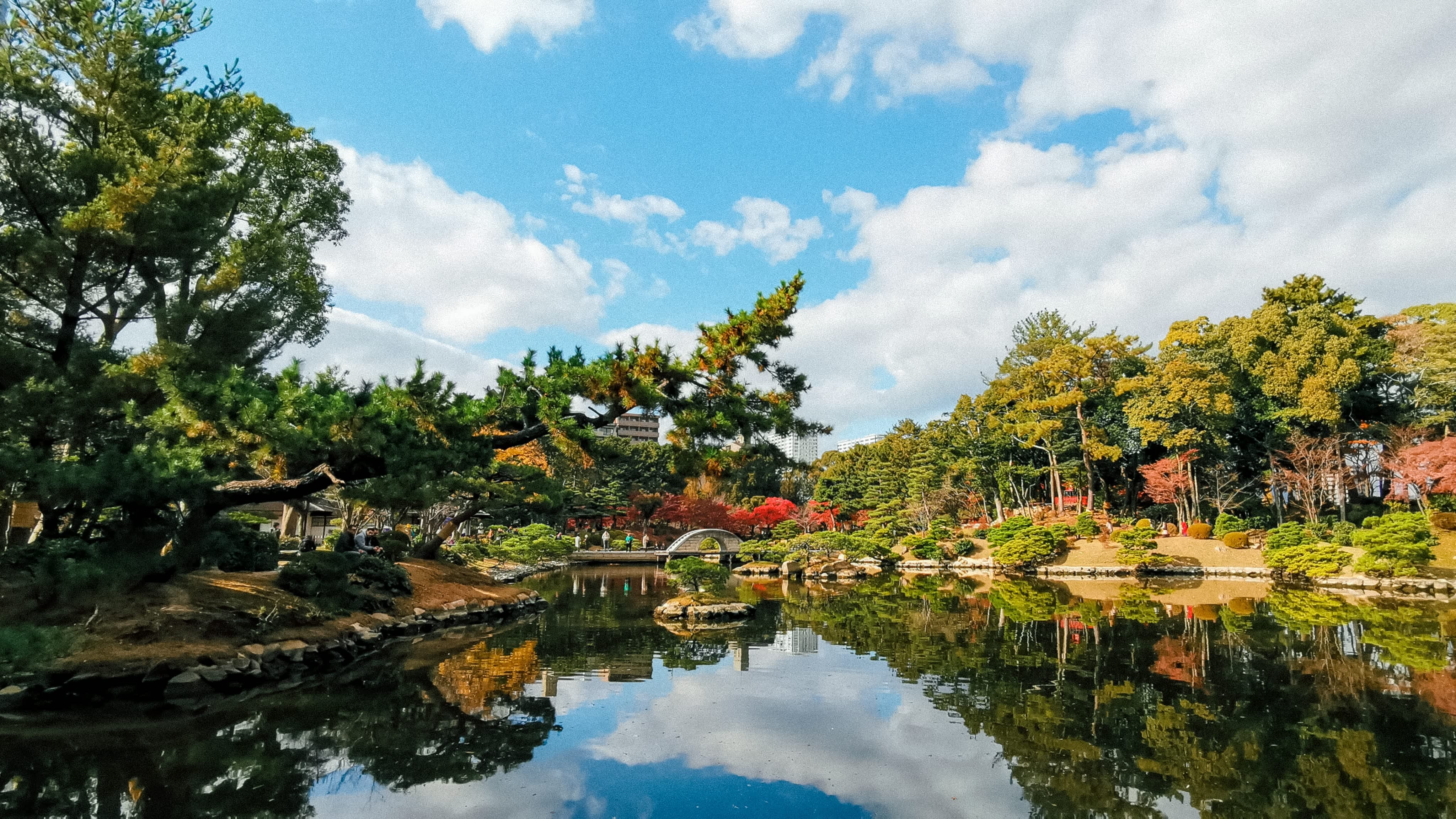 Shukkei-en Garden
Shukkei-en Garden
1.2 Hiroshima Peace Memorial Park & Atomic Bomb Dome: A Symbol of Peace
The Hiroshima Peace Memorial Park, established in 1954, stands on the site of the atomic bombing of 1945. The park features stark white architecture and lush greenery, creating a reflective atmosphere. The arc-shaped monument is the central site for the annual Peace Memorial Ceremony. Visitors can explore museums like the Children’s Peace Museum and the historic Rest House. The Atomic Bomb Dome, preserved as it was in 1945, serves as a stark reminder of the city’s past and its commitment to peace. As reported by the Hiroshima Peace Institute in 2018, the Peace Memorial Park is visited by over 1 million people annually, demonstrating its global significance.
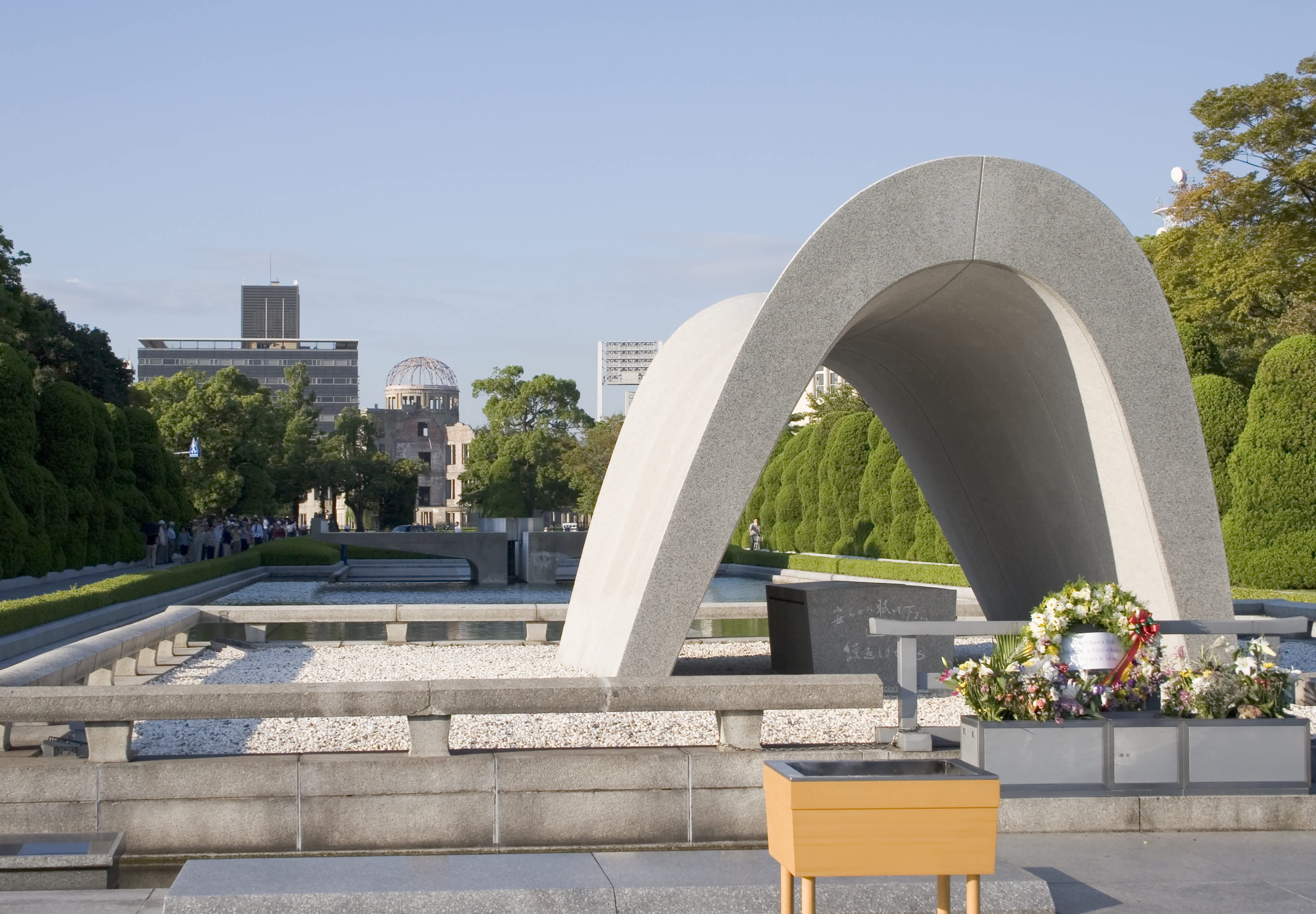 Hiroshima Peace Memorial Park
Hiroshima Peace Memorial Park
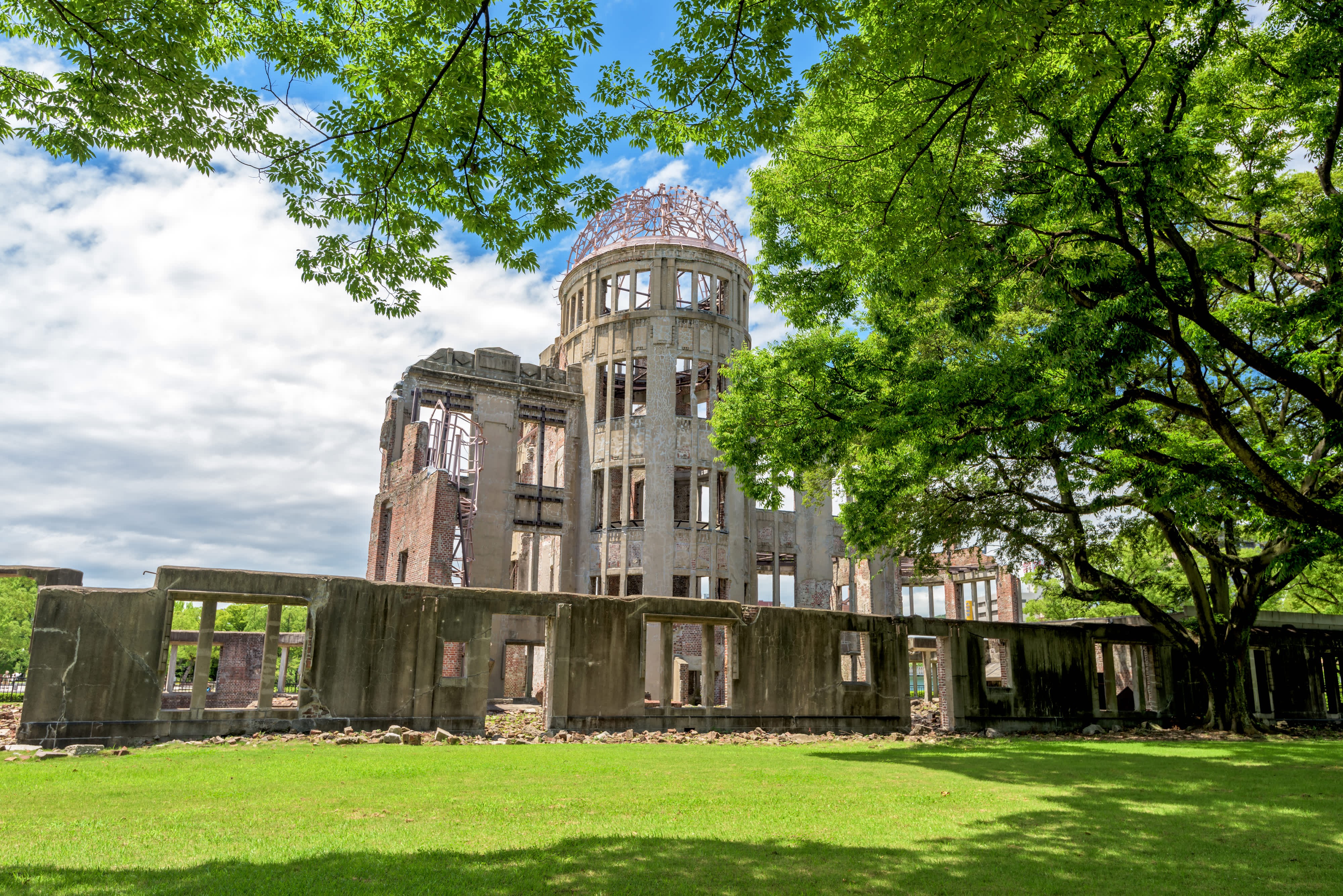 Atomic Bomb Dome
Atomic Bomb Dome
1.3 Mitaki-Dera Temple: A Hidden Gem on Mount Mitaki
Mitaki-Dera Temple, located on the slopes of Mount Mitaki, offers a breathtaking experience steeped in spiritual significance. Dating back to 809, this Buddhist temple is known for its cherry blossoms in spring and red maple leaves in autumn. Stroll through the mystical atmosphere, among statues, lush vegetation, and quaint rivers. It’s a sensory journey into the region’s spiritual background, where nature’s sounds carry you away. The temple is easily accessible via a short train ride from the city center, making it a perfect day trip.
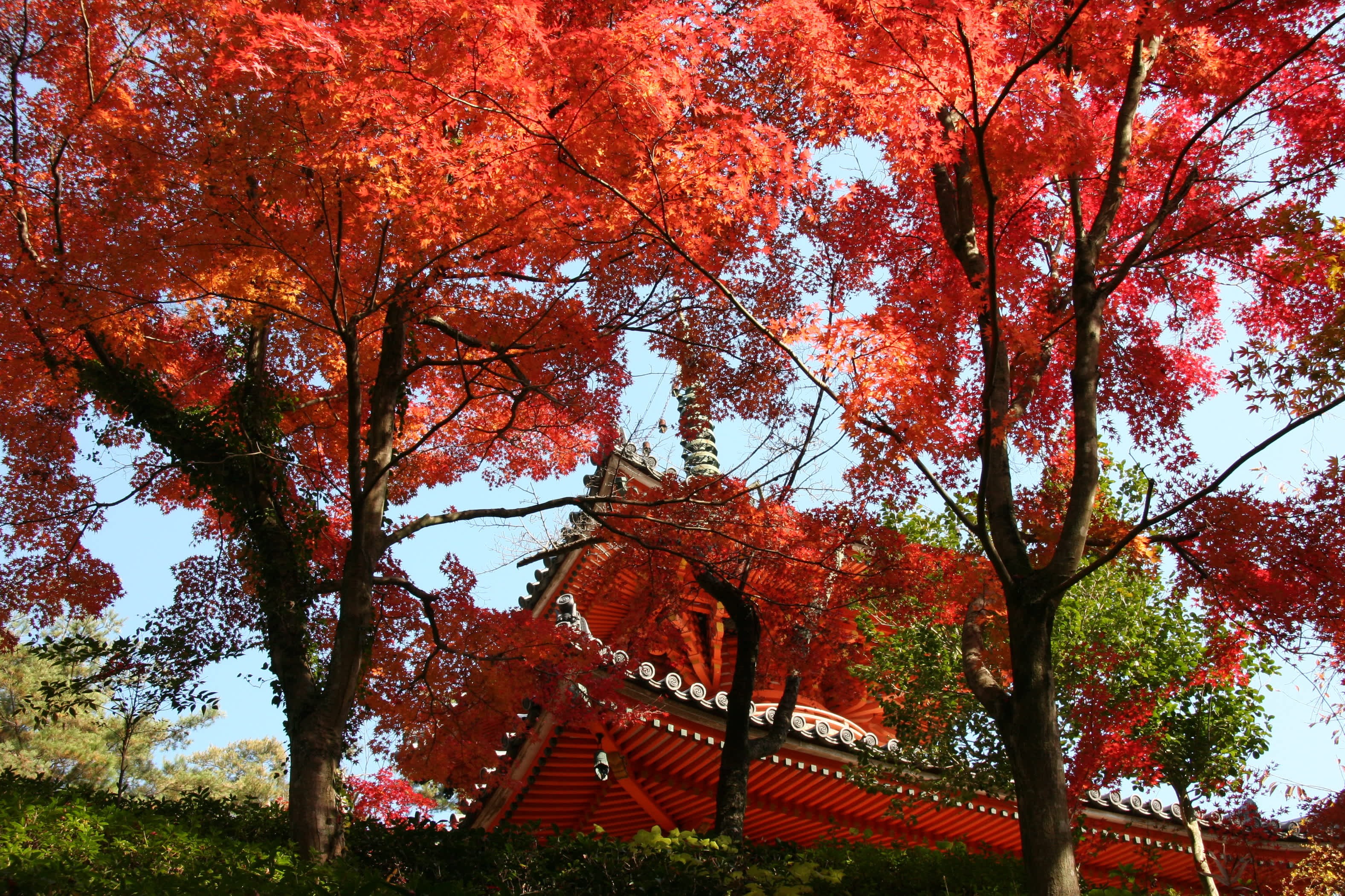 Mitaki-Dera Temple
Mitaki-Dera Temple
1.4 Hiroshima Castle: A Historic Landmark
Hiroshima Castle, also known as “Carp Castle,” was rebuilt in 1958 after the original was destroyed in the atomic bombing. Today, it serves as a museum that traces the history of the city, the castle, and castles in Japan. Exhibits detail the reconstruction efforts and the castle’s original defense line from 1589. From the top floor, enjoy panoramic views of Hiroshima. The castle is conveniently located near the Peace Memorial Park, making it an easy addition to your itinerary.
 Hiroshima Castle
Hiroshima Castle
1.5 Hiroden Vintage Trolleys: A Ride Through History
The Hiroden Vintage Trolley cars offer more than just transportation; they are a piece of Hiroshima’s history. Many of these trolley cars predate the atomic bombing and are still in operation today, serving as an iconic form of public transport. These “hibaku densha” (atomic bomb cable cars) are essential to Hiroshima’s history and a practical way to explore the city. The Hiroden trolley network accepts Suica prepaid cards, making it easy to use.
 Hiroden Vintage Trolleys
Hiroden Vintage Trolleys
2. What Culinary Delights Await Tourists Exploring Hiroshima?
Hiroshima’s food culture is rich and diverse, offering unique culinary experiences. Here’s a guide to the must-try foods and best places to enjoy them:
2.1 Wood Egg Museum: The Heart of Okonomiyaki
Okonomiyaki symbolizes Hiroshima’s cuisine. This savory batter, made with cabbage, flour, and egg, is cooked on a flat-top grill with ingredients like meat, seafood, and vegetables. Hiroshima-style okonomiyaki includes grilled soba noodles and a layered construction. The Hiroshima Wood Egg Okonomiyaki Museum allows visitors to delve into all things okonomiyaki. The museum documents the dish’s history, its connection to post-war Hiroshima, and offers cooking studios for all ages and skill levels.
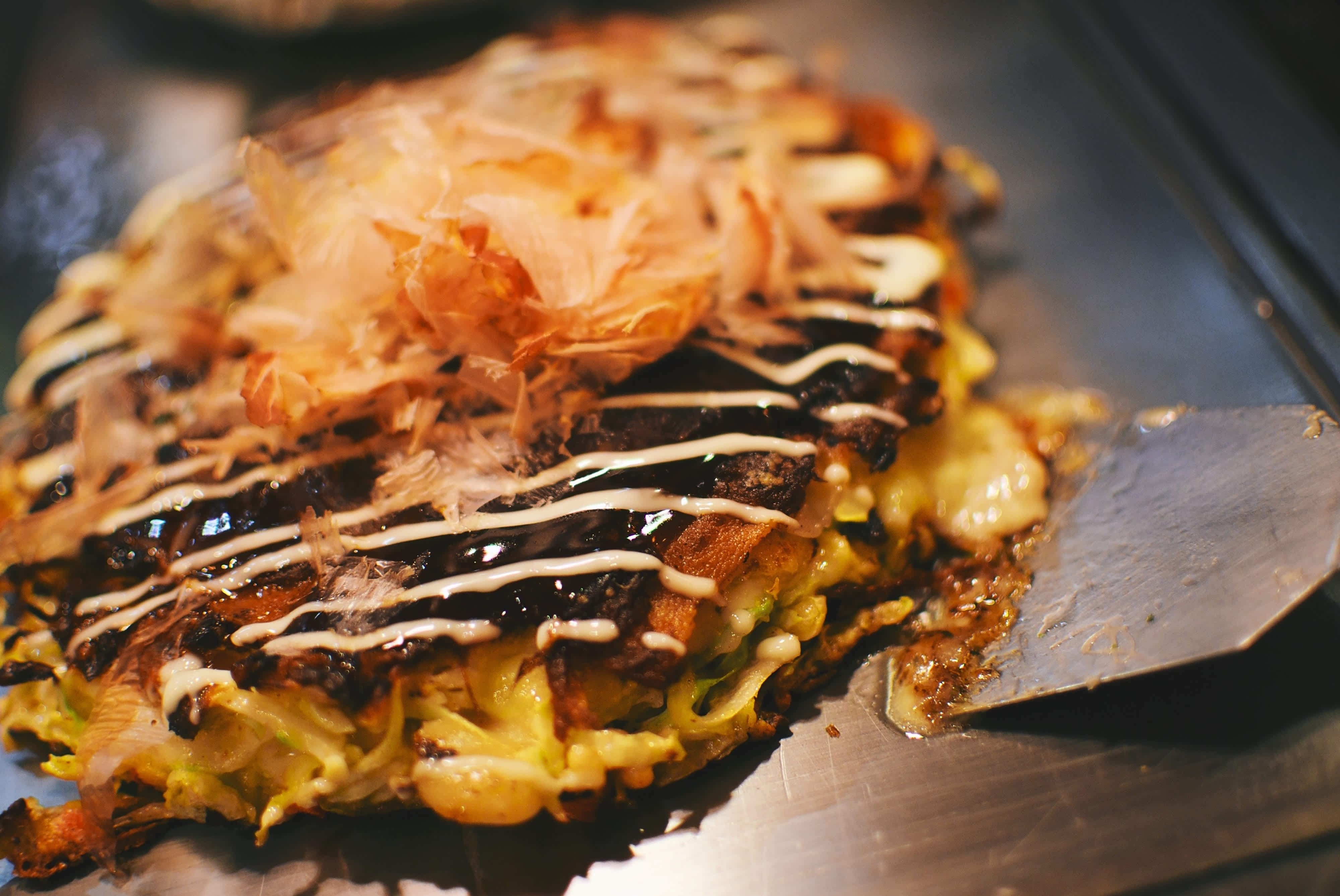 Wood Egg Museum
Wood Egg Museum
2.2 Okonomimura: A Temple Dedicated to Okonomiyaki
Okonomimura is a culinary institution in Hiroshima, featuring three floors of food stalls serving variations of okonomiyaki. The bustling building offers a sensory overload of delicious-smelling okonomiyaki being cooked right before your eyes. Every stall in Okonomimura offers a unique take on this iconic local dish, ensuring a memorable culinary experience.
2.3 Yagenbori Hassho: Okonomiyaki and Fresh Oysters
Yagenbori Hassho specializes in okonomiyaki and offers other local staples, such as grilled fresh oysters. Creamy, fresh oysters are grilled and served as a perfect appetizer. The menu also includes fine teppanyaki recipes.
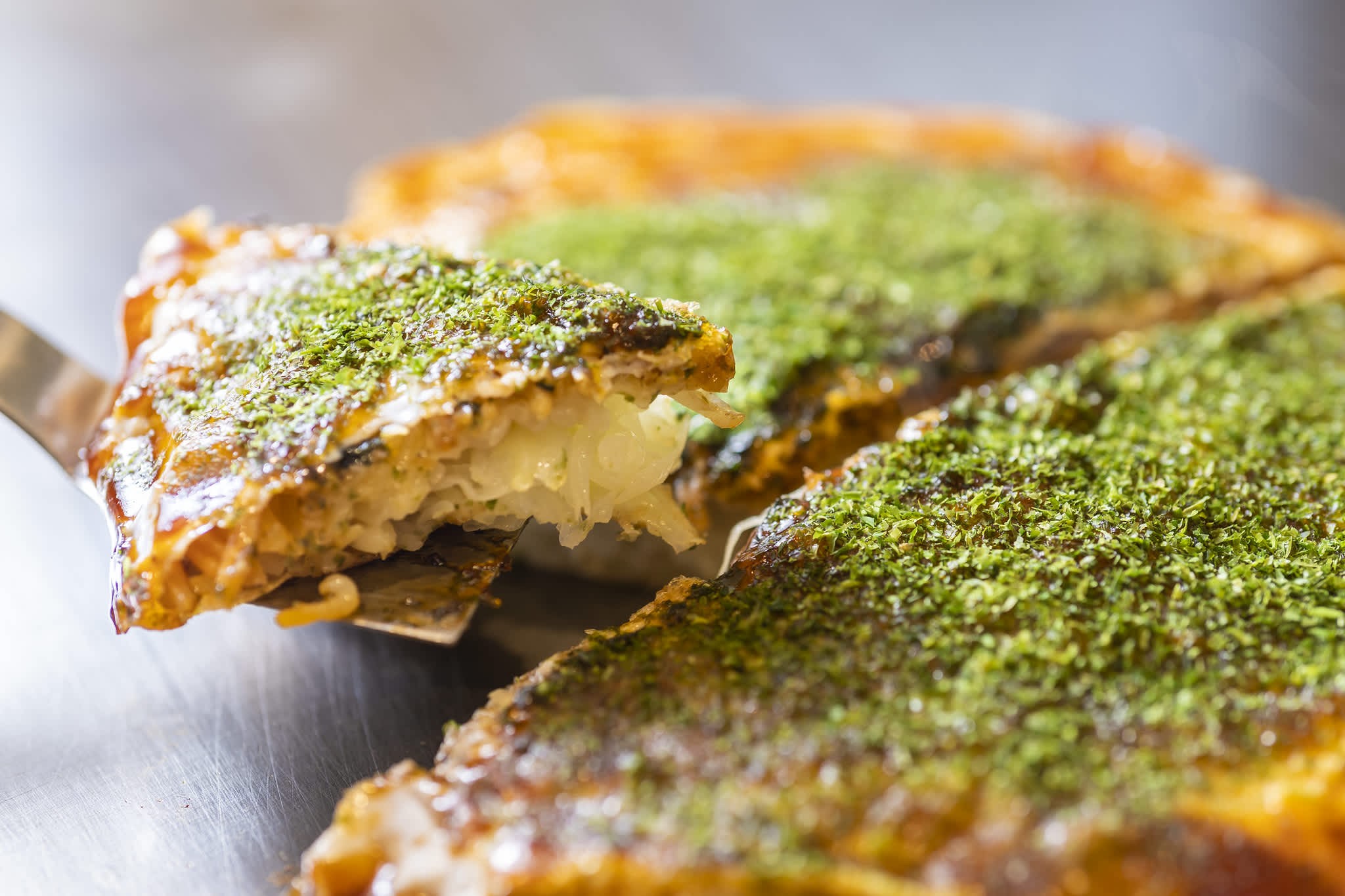 Yagenbori Hassho
Yagenbori Hassho
2.4 Ekohiiki: Hiroshima Cuisine with Local Oysters
Ekohiiki, in the Otemachi neighborhood, is renowned for its locally cultivated oysters. Hiroshima is Japan’s largest oyster production region, known for its large, briny oysters. Ekohiiki offers oysters in various preparations, including raw, steamed, fried, and grilled with butter. Anago (Conger Sea Eel) is another prominent part of Hiroshima’s cuisine, often sourced from Miyajima. Ekohiiki serves anago kabayaki style, tempura fried, or as sashimi.
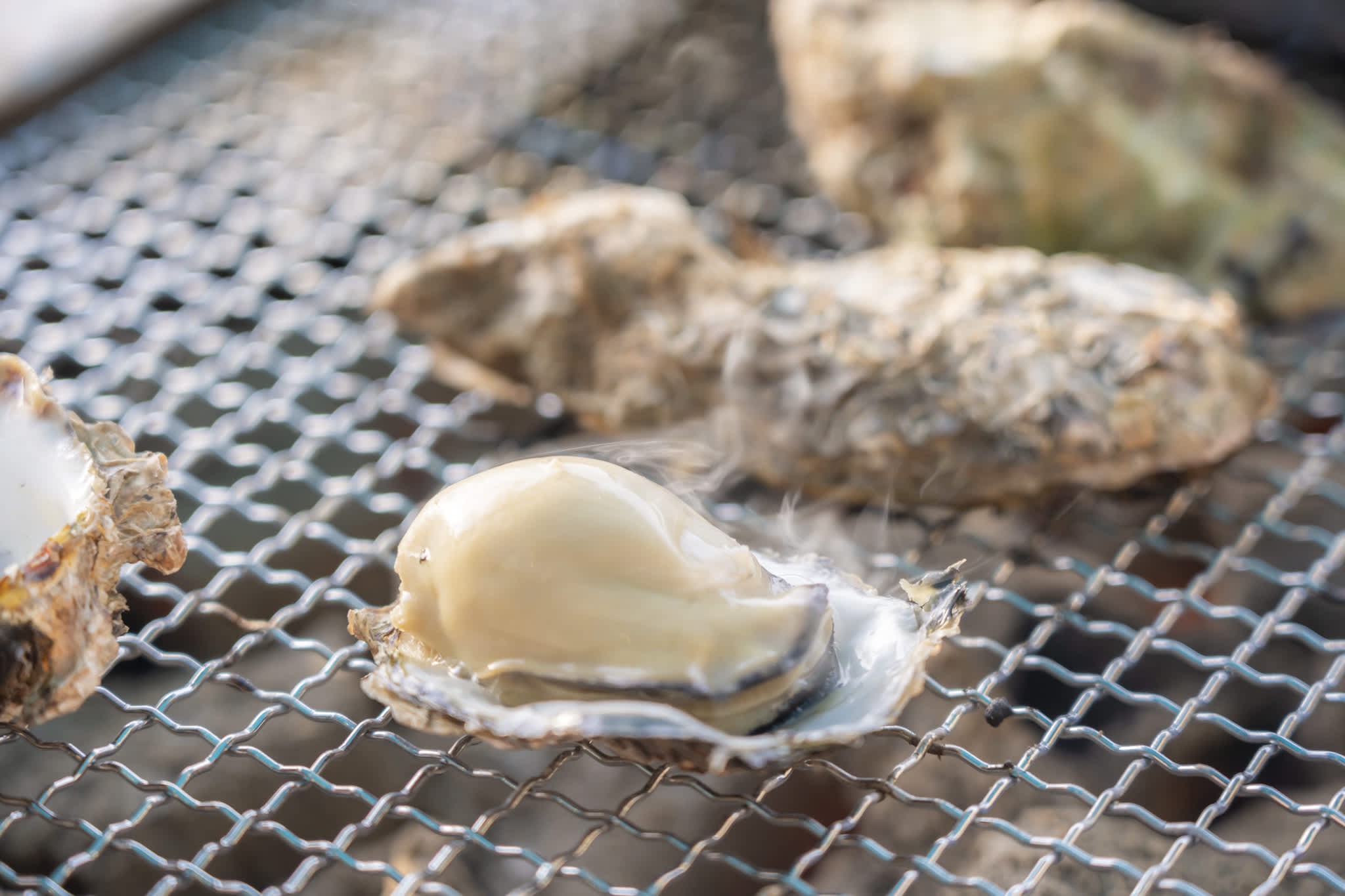 Ekohiiki
Ekohiiki
2.5 Momijido: Fried Momiji Manju
Located next to Kakiya in Miyajima, Momijido offers regional sweet snacks, including a delicious fried version of the traditional momiji manju—a maple leaf-shaped pastry. The original recipe features a soft cake filled with red bean (azuki) paste. At Momijido, momiji manju is coated with batter and fried, creating a delightful twist called age-momiji. The fried outside contrasts with the warm, soft inside, adding a new depth to this famous pastry.
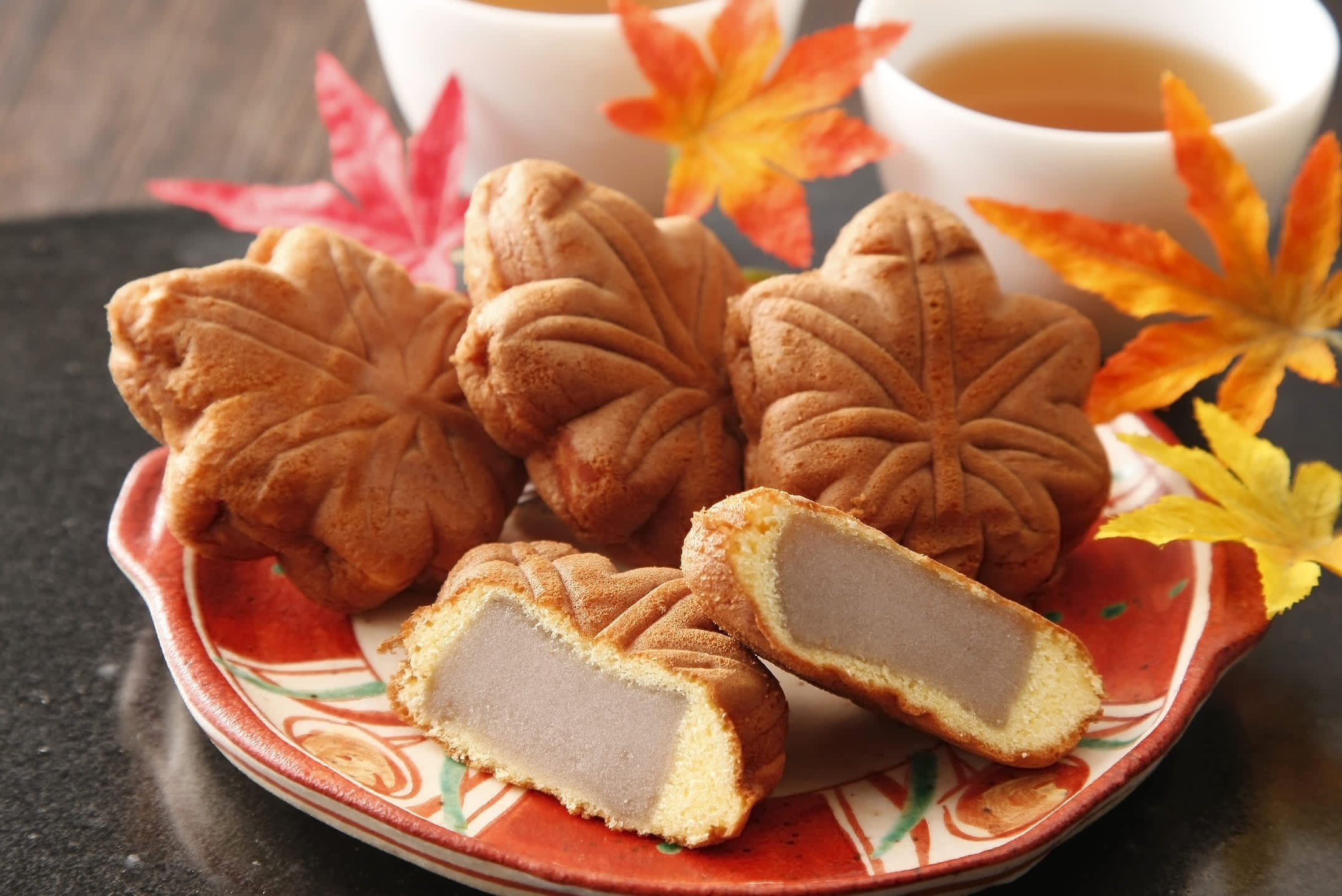 Momijido
Momijido
3. What Scenic Spots Around Hiroshima Bay Should Tourists Explore?
Hiroshima Bay is dotted with scenic spots, offering breathtaking views and unique experiences. Here are some highlights:
3.1 Itsukushima Shrine/Miyajima Island: The Floating Torii Gate
Itsukushima Shrine, located on Miyajima Island, is famous for its iconic torii gate that appears to float during high tide. The shrine was initially built in 593 AD and has undergone changes over the centuries. In 1996, it was declared a UNESCO World Heritage Site. The torii gate is especially beautiful during sunset. The shrine’s main buildings are constructed on the water. Access to the main shrine and treasure hall costs 500 yen for adults and 150 yen for children. The ferry to the island is accessible via the Japan Rail Pass. According to UNESCO, Itsukushima Shrine is a prime example of blending architecture with natural landscapes, attracting millions of visitors each year.
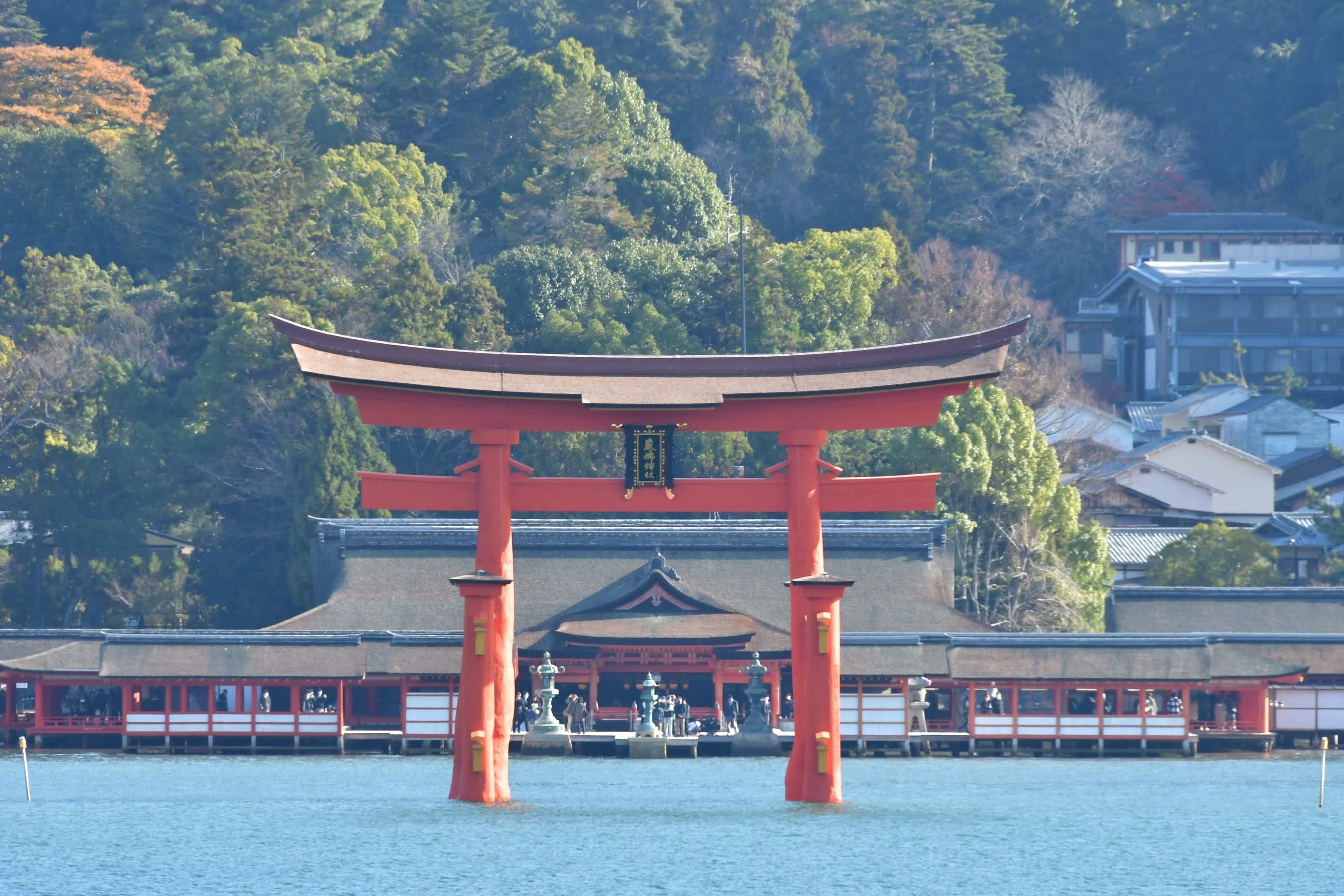 Itsukushima Shrine
Itsukushima Shrine
3.2 Haigamine Observatory: Panoramic Views of Kure
Haigamine Observatory offers breathtaking views and is often described as one of Japan’s top 100 views. Culminating over 700 meters above ground, the mountaintop offers a unique look over the city of Kure, the inland sea, and the islands of Hiroshima Bay. The drive up to the observatory is challenging, so consider walking (1h30). It’s easily accessible from the Japan Rail Kure station with the Japan Rail Pass. The best times to visit are morning for sunrise or night for the city lights. The panorama over Kure at sunset is a must-see, listed among the top 3 night views in Japan.
3.3 Onomichi/Senkoji Temple: Hillside Views and Frozen Treats
Onomichi City, in Eastern Hiroshima Prefecture, features attractions built throughout its hilly geography. Senkoji Temple, located on the hillside of Daihozan, offers clear views of Onomichi Port and the city. The temple is accessible via cable car or a series of stairs. After visiting the temple, stop by Karasawa Ice Cream Shop for traditional Japanese Monaka, a frozen treat of ice cream inside rice cake shells.
 Onomichi/Senkoji Temple
Onomichi/Senkoji Temple
3.4 Tomonoura Port: Inspiration for Studio Ghibli
Tomonoura’s cute and authentic port, part of the Setonaikai National Park, overlooks the Seto Inland Sea and inspired Hayao Miyazaki’s 2005 film, Ponyo. The quaint seaside town offers a picture-perfect depiction of old-fashioned Japan. Wander through streets filled with old wooden houses, local cafés, and historic temples. The Joya-to lighthouse has guided ships around the port since 1859. Accessible via a short Shinkansen ride from Hiroshima station, stopping at Fukuyama JR station and then taking a bus to the seaside village.
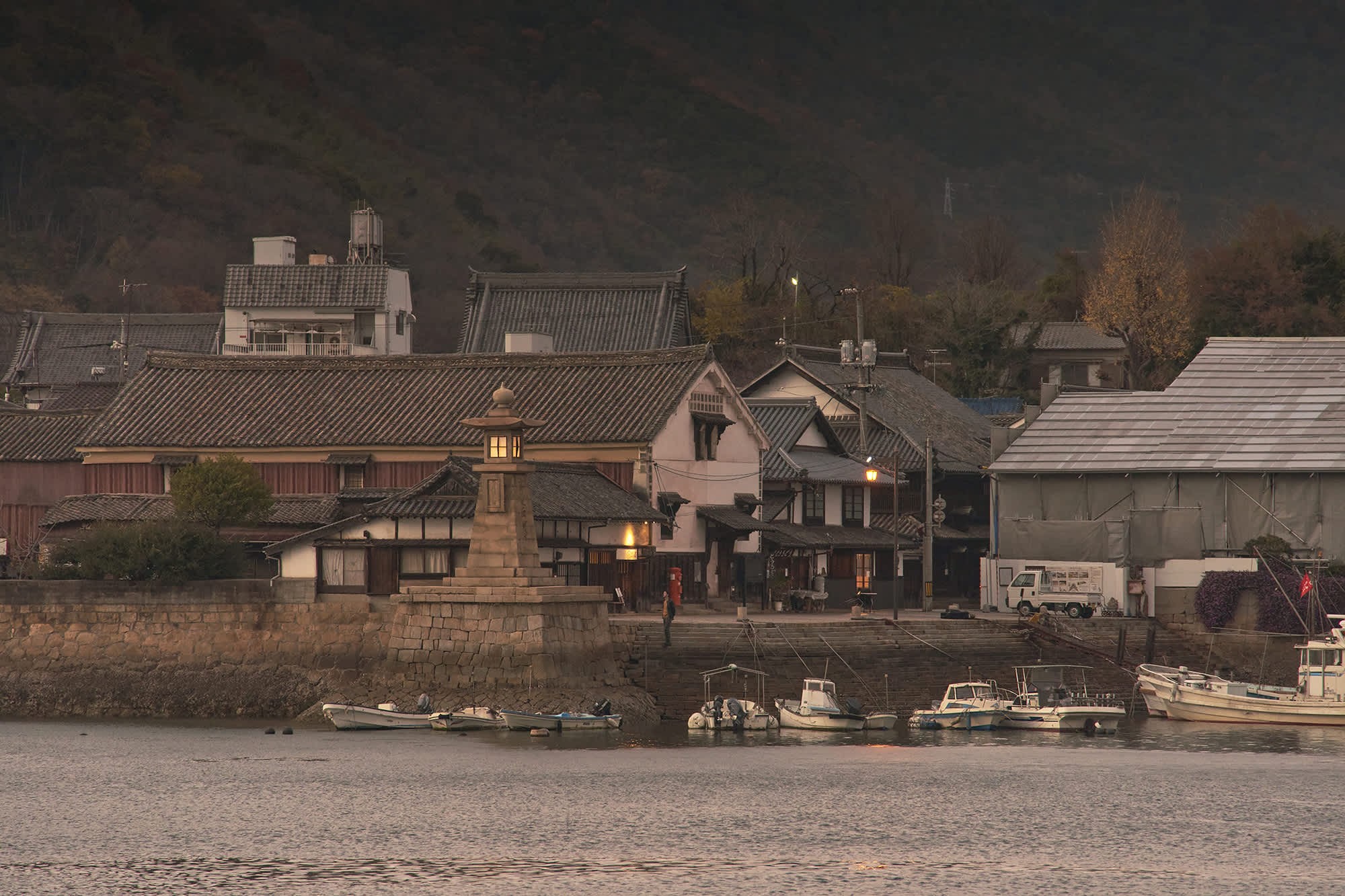 Tomonoura Port
Tomonoura Port
3.5 Shimanami Kaido Scenic Route: A Cyclist’s Paradise
The Shimanami Kaido Cycling Scenic Route, dubbed the “Cyclist Sanctuary,” is world-renowned. This route spans from Onomichi in Hiroshima to Imabari in Ehime Prefecture, crossing islands throughout the Seto Inland Sea. It’s suitable for all experience levels and indicated with a sky-blue line. There are 150 cyclist oases and facilities for repairs. Rentals are available for those without their own bikes. According to Cycling Japan, the Shimanami Kaido is one of the top cycling routes globally, attracting thousands of cyclists each year with its scenic beauty and well-maintained paths.
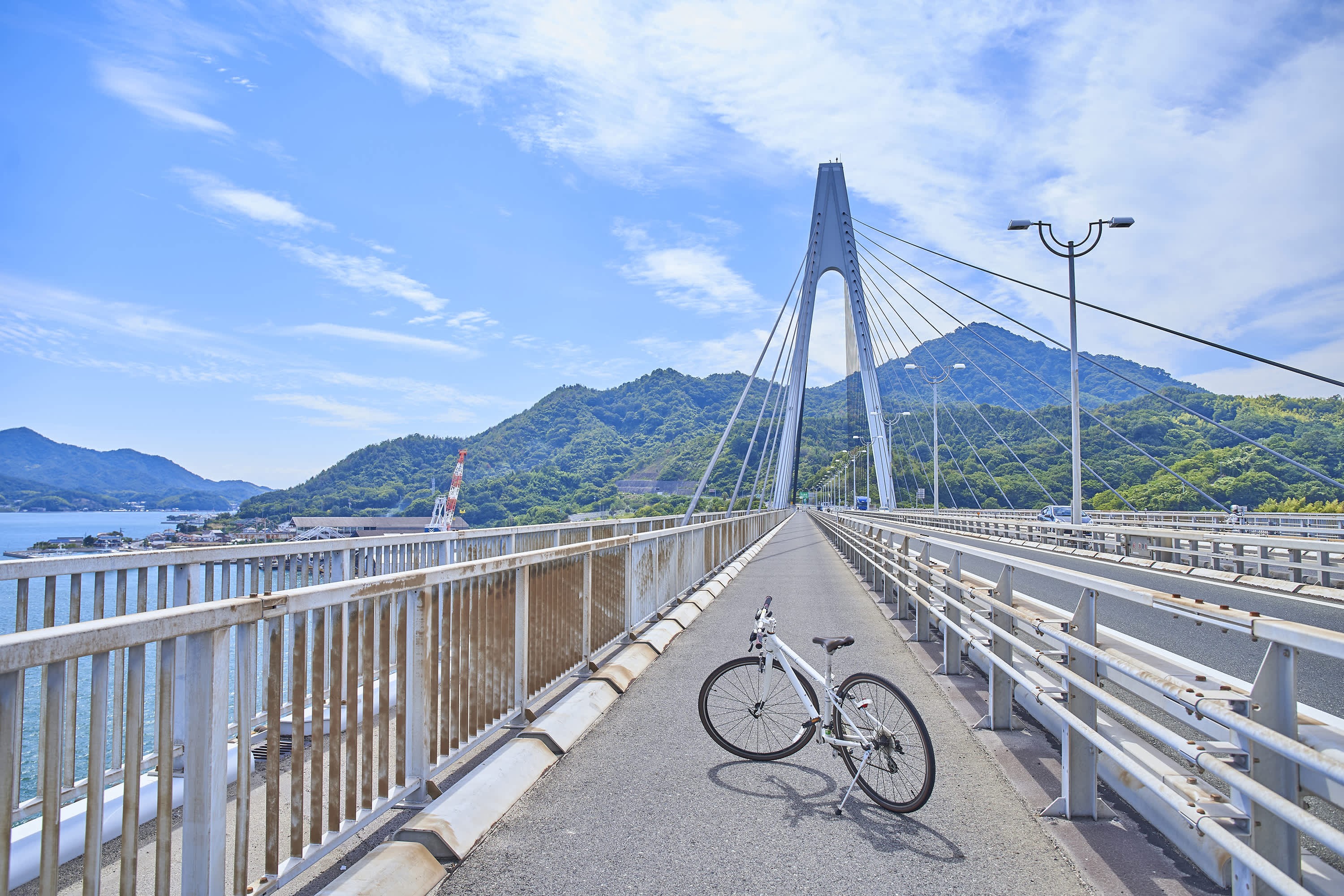 Shimanami Kaido Scenic Route
Shimanami Kaido Scenic Route
4. What Are Some Must-Do Day Trips from Hiroshima?
Explore beyond Hiroshima with these enriching day trips, offering diverse experiences from natural beauty to unique cultural encounters:
4.1 Sandankyo Gorge: A Natural Wonderland
Sandankyo Gorge offers waterfalls, forests, and crystal-clear waters. Just an express bus ride away, this natural wonder features hiking paths ranging from 30 minutes to 4 hours, taking you through cliffs, walkways, hanging bridges, ravines, and rushing streams. Rent kayaks to relish the gorge’s beauty from the water. Discover Kurobuchi, an emerald green pool of water, and take a boat across the pond to Kurofuchi-so, a family restaurant serving fresh grilled salmon. Stay at Sandankyo Hotel for a relaxing onsen experience.
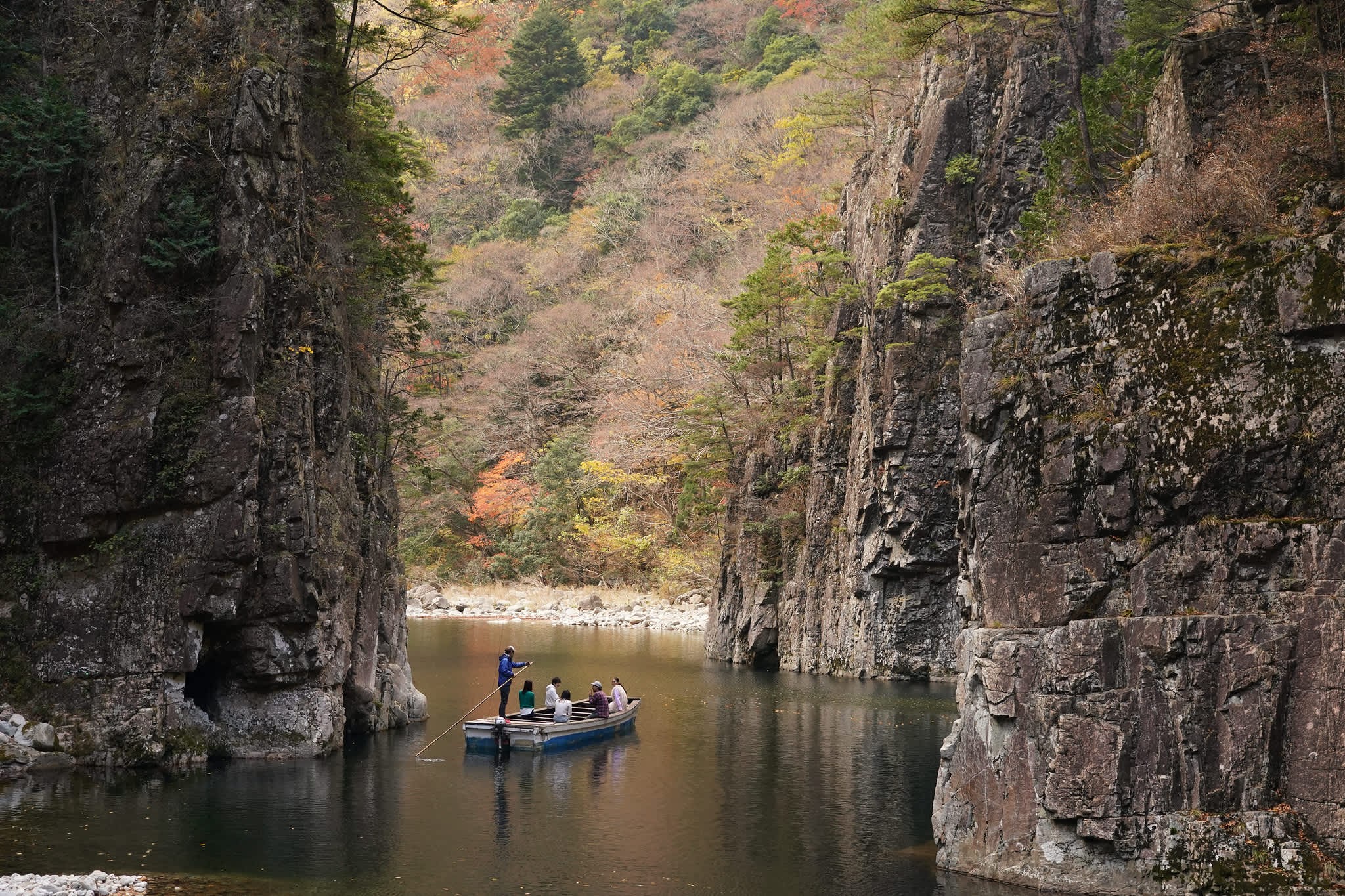 Sandankyo Gorge
Sandankyo Gorge
4.2 Okunoshima Island: Rabbit Island
Okunoshima Island, a 15-minute ferry ride from the coast of Hiroshima, is home to over 1,000 wild rabbits. Known as “Rabbit Island,” it’s a popular day-trip destination with a hotel for overnight stays. While the rabbits provide a relaxing environment, the island has a dark history, as they were introduced during World War II for chemical weapons research. Attractions include a museum, water-sport activities, beach-going, and a café.
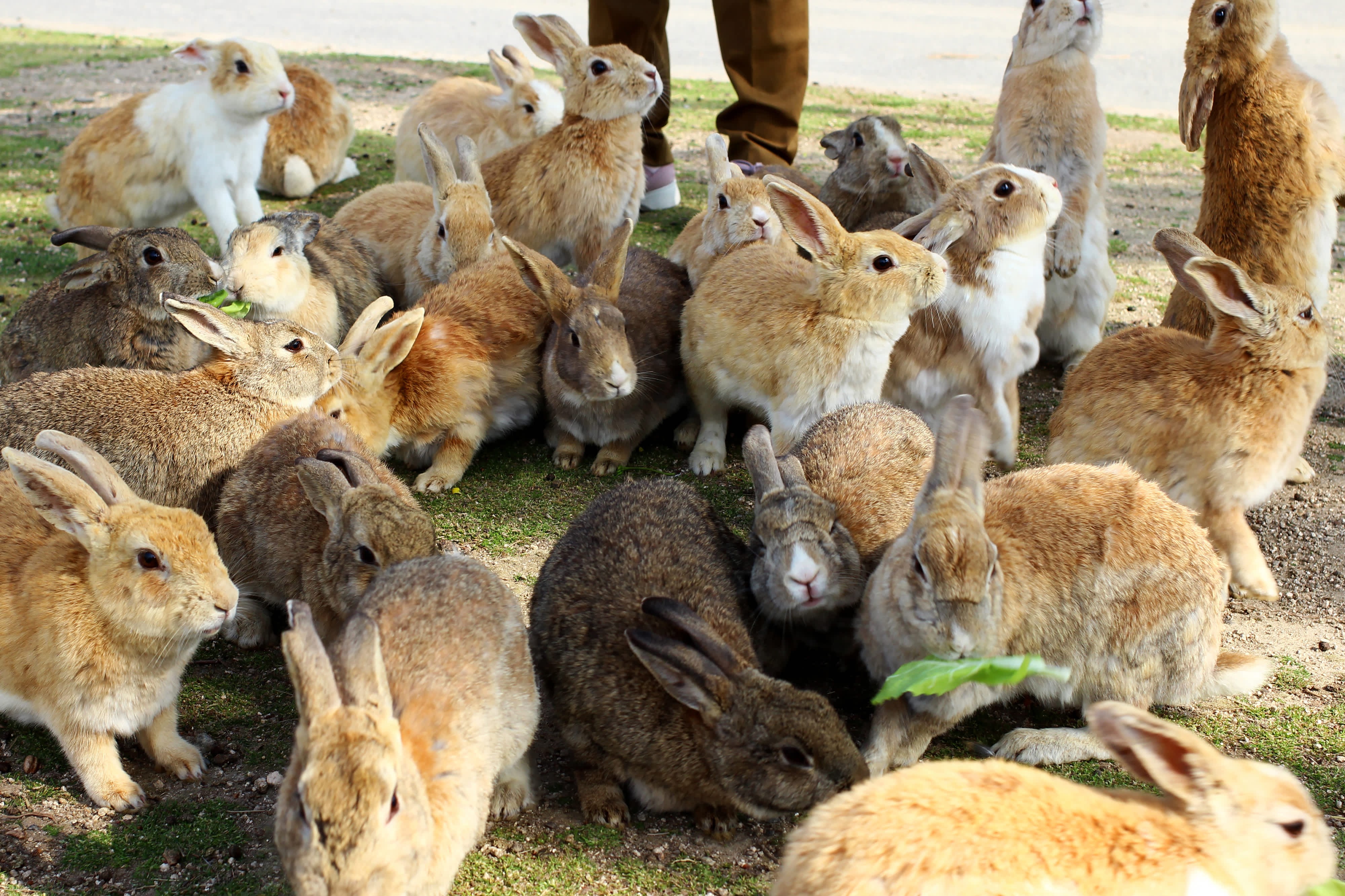 Okunoshima Island
Okunoshima Island
4.3 Serakogen Farm/Hiroshima Miyoshi Winery: Flowers and Wine
The town of Sera, in the center of Hiroshima Prefecture, features warmer climates ideal for lush flower fields. From April to December, seasonal flowers are featured at Serakogen Farm, Kamuno Sato Flower Village, and Sera Kogen Flower Forest. During winter, Sera Kogen Flower Forest creates a candle display at night. Sera is agriculturally driven, boasting high-quality food products and Sera Burgers. The area is also known for grapes used in wine production at the Miyoshi Winery, especially “Fuki Wine,” produced with Fuki Grapes.
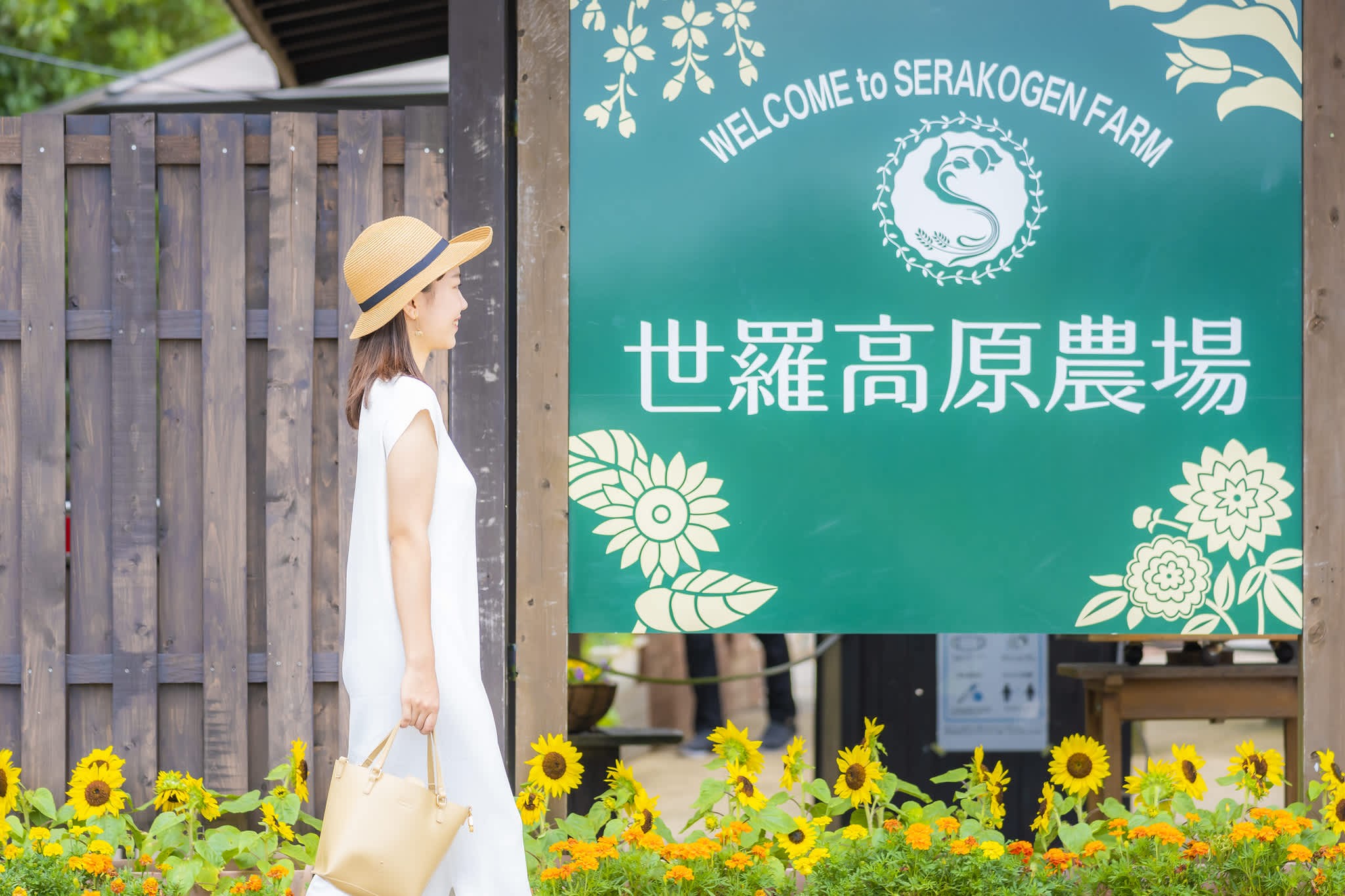 Serakogen Farm/Hiroshima Miyoshi Winery
Serakogen Farm/Hiroshima Miyoshi Winery
4.4 Takehara: Little Kyoto
Takehara, once a shining pearl in Hiroshima Bay due to its salt and sake production, offers a dive into the Edo period (1603-1867) with its preserved architecture and timeless atmosphere. Its streets are filled with old wooden buildings. A 45-minute climb to Mount Kurotaki offers stunning views of the Seto Inland Sea. Nicknamed “Little Kyoto,” Takehara is surrounded by bamboo forests worth exploring. The picturesque town is accessible via JR trains on the Kure line.
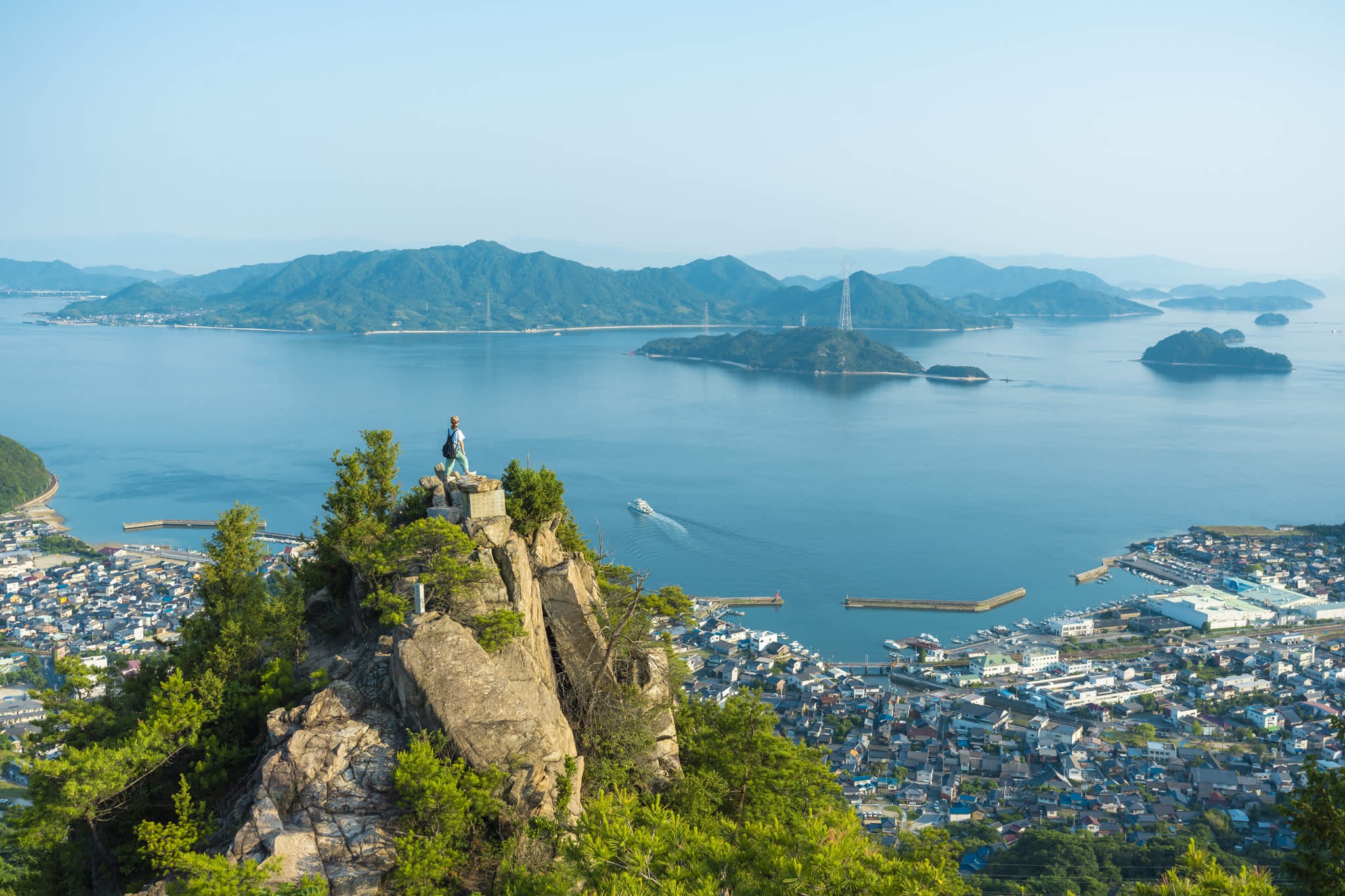 Takehara
Takehara
5. How Can Tourists Easily Get To and Around Hiroshima?
Hiroshima is well-connected and easily accessible via various transportation methods. Here’s how to get there and navigate the city:
By Train:
Hiroshima is accessible from Tokyo via a direct Shinkansen ride, passing through major cities like Nagoya, Kyoto, and Osaka. The trip is included in the national Japan Rail Pass on the Tokaido Shinkansen and Sanyo Shinkansen lines and takes approximately 5 hours from Tokyo. The train stops at Hiroshima Station.
By Plane:
There are no direct flights from Europe and the Americas to Hiroshima airport, but Japan has an extensive domestic flight network to get you to the City of Peace. Flights to Hiroshima depart from both Tokyo airports, Okinawa, Sapporo, and Sendai airport. To get to the city, take a limousine bus transfer or arrive at Hiroshima Station via the regional JR Sanyo train line, included in the Japan Rail Pass.
By Car:
Hiroshima is about 800 kilometers from Tokyo, taking a little over 8h30 to drive. Renting a car in Japan offers flexibility.
6. What Type of Traveler Will Appreciate Visiting Hiroshima the Most?
Hiroshima tourism caters to a diverse range of travelers, each finding unique value in the city’s offerings:
-
History Buffs: Those interested in World War II history and the atomic bombing will find the Peace Memorial Park and Atomic Bomb Dome profoundly moving. The Hiroshima Peace Memorial Museum provides extensive context and artifacts.
-
Culture Seekers: Travelers interested in Japanese gardens and temples will appreciate Shukkei-en Garden and Mitaki-Dera Temple. Hiroshima Castle also offers insights into the city’s historical past.
-
Foodies: Those looking to explore local cuisine will enjoy the okonomiyaki scene, fresh oysters, and other regional specialties. Visiting Okonomimura and local restaurants is a must.
-
Nature Lovers: The scenic spots around Hiroshima Bay, such as Miyajima Island, Haigamine Observatory, and the Shimanami Kaido, offer stunning natural landscapes and outdoor activities.
-
Adventure Travelers: Cyclists and hikers will find the Shimanami Kaido and Sandankyo Gorge appealing for their outdoor experiences.
7. Is Hiroshima a Good Place to Travel With Children?
Yes, Hiroshima is a good place to travel with children, offering educational and engaging experiences:
- Peace Memorial Park: While somber, it provides a valuable lesson in history and peace. The Children’s Peace Monument and museum offer age-appropriate exhibits.
- Miyajima Island: Kids will love the deer roaming freely on the island and the iconic floating torii gate.
- Okunoshima Island: Rabbit Island is a delightful experience for animal lovers.
- Hiroshima City Asa Zoological Park: The zoo is home to a diverse range of animals, including red pandas and chimpanzees, offering an engaging and educational experience for children.
- Hiroshima Children’s Museum: This museum is designed for children to learn through interactive exhibits, including science, technology, and culture.
8. What Events & Festivals Should Tourists Be Aware of in Hiroshima?
Several events and festivals enhance the tourist experience in Hiroshima:
- Hiroshima Peace Memorial Ceremony (August 6): An annual event at the Peace Memorial Park to commemorate the atomic bombing and pray for peace.
- Hiroshima Flower Festival (Early May): A vibrant celebration with flower displays, parades, and performances.
- Miyajima Water Fireworks Festival (Mid-August): Spectacular fireworks display over the water near Itsukushima Shrine.
- Toro Nagashi Lantern Floating Ceremony (August 6): Lanterns are floated on the Motoyasu River to honor those who died in the atomic bombing.
- Autumn Festivals: Many local shrines and temples host autumn festivals with traditional performances and food stalls.
9. What Are Some Tips for Visiting the Hiroshima Peace Memorial Park and Museum?
Visiting the Hiroshima Peace Memorial Park and Museum is a profound experience. Here are some tips:
- Allow Sufficient Time: Plan to spend at least 2-3 hours to fully explore the park and museum.
- Arrive Early: To avoid crowds, especially during peak season, arrive early in the morning.
- Be Respectful: Maintain a quiet and respectful demeanor throughout your visit.
- Read the Personal Stories: Take the time to read the personal stories and testimonies in the museum to gain a deeper understanding of the impact of the atomic bombing.
- Consider a Guided Tour: A guided tour can provide valuable context and insights into the history and significance of the site.
- Check for Special Exhibits: The museum often hosts special exhibits related to peace and reconciliation.
- Reflect: Take some time after your visit to reflect on the experience and its message of peace.
10. What is the Best Time of Year to Visit Hiroshima for Tourism?
The best time to visit Hiroshima depends on your preferences:
- Spring (March-May): Offers pleasant temperatures and beautiful cherry blossoms. Ideal for enjoying Shukkei-en Garden and other outdoor spots.
- Autumn (September-November): Features comfortable temperatures and stunning autumn foliage. Perfect for hiking and exploring the scenic spots around Hiroshima Bay.
- Summer (June-August): Can be hot and humid, but offers vibrant festivals and events.
- Winter (December-February): Is cooler with occasional snow, providing a unique atmosphere for visiting historical sites and enjoying winter scenery.
No matter the season, SIXT.VN ensures you have the best travel experience, providing seamless transportation and accommodation services to make your visit to Hiroshima unforgettable.
Why Choose SIXT.VN for Your Hiroshima Tourism Adventure?
Planning a trip to Hiroshima? SIXT.VN offers a suite of services designed to make your journey seamless and unforgettable:
- Personalized Travel Consultation: Our expert team crafts itineraries tailored to your interests and preferences, ensuring you experience the best of Hiroshima.
- Convenient Airport Transfers: Start and end your trip stress-free with our reliable airport transfer services.
- Handpicked Hotel Options: We provide a curated selection of hotels to suit every budget and preference, ensuring a comfortable stay.
- Exclusive Tour Packages: Discover Hiroshima’s hidden gems with our expertly guided tour packages.
- Easy Flight Booking: Find the best flight deals to Hiroshima with our easy-to-use booking platform.
Ready to Explore Hiroshima?
Don’t let the challenges of planning deter you from experiencing the magic of Hiroshima. SIXT.VN is here to handle all the details, from transportation to accommodation, ensuring a hassle-free and enriching travel experience.
Visit SIXT.VN today to discover our exclusive travel packages and start planning your dream trip to Hiroshima.
Address: 260 Cau Giay, Hanoi, Vietnam
Hotline/WhatsApp: +84 986 244 358
Website: SIXT.VN
Experience the best of Hiroshima with SIXT.VN – where unforgettable journeys begin.



